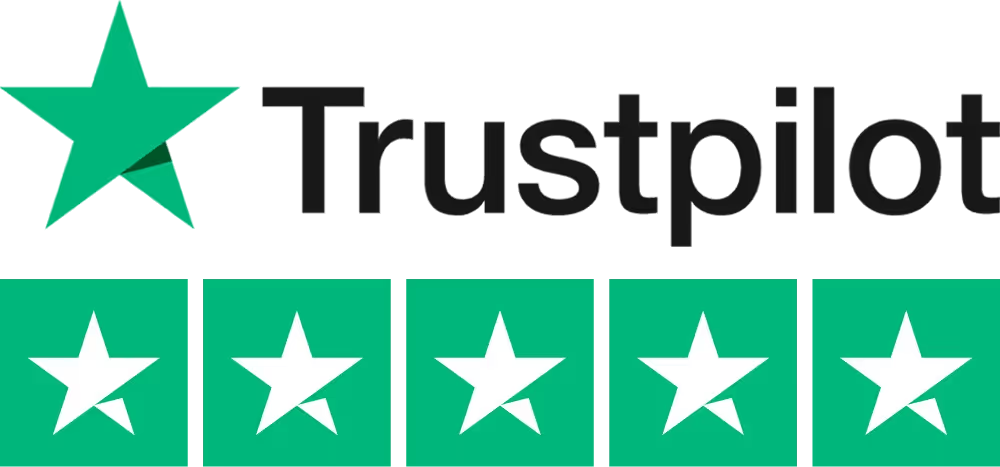Cognitive-Behavioral Therapy (CBT) Exercises for ADHD
Living with ADHD often means juggling competing impulses, distractions, and disorganisation. CBT offers a hands-on, structured way to develop skills that help manage these challenges in daily life.
Rather than focusing purely on “talking about problems,” CBT emphasises practical strategies that can be applied immediately—both in therapy sessions and out in the world.
This page describes how CBT works in ADHD, key domains and exercises, and what benefits clients may experience.

How CBT Applies to ADHD
CBT is founded on the principle that thoughts, emotions, and behaviours are interconnected.
For individuals with ADHD:
Unhelpful thinking patterns (e.g. “I’ll never finish this”) can fuel procrastination and frustration.
Behavioural strategies (routines, planning, structuring environment) can compensate for executive function difficulties.
Through consistent practice, clients learn to break the cycle of avoidance and dysfunction.
In adult ADHD models, CBT is often modular — combining psychoeducation, organization/time management, reducing distractibility, and adaptive thinking (cognitive restructuring) as core modules.

What Clients Can Expect
Structured sessions with agendas: Each session typically begins with reviewing recent efforts, introducing one or more new skills, and planning homework.
Homework and real-life application: Clients practise CBT exercises between sessions, applying them in daily life to reinforce skills.
Tailoring to individual needs: Therapists adjust pace, module emphasis, and tools according to the client’s symptom profile, strengths, and challenges.
Skill consolidation over time: Repetition and reinforcement lead to greater automaticity in using these strategies.
Frequently, a typical program involves 12–15 sessions, though length may vary depending on complexity and goals.
Core Domains & Sample CBT Exercises
Below are key domains addressed by CBT for ADHD and illustrative exercises suited for private or clinical practice.
Organization & Planning
Purpose: To provide external scaffolding for tasks and reduce overwhelmingness
Example Exercises: Develop a unified system: a daily calendar + “to-do” list; prioritisation of tasks; break large projects into discrete steps
Reducing Distractibility
Purpose: To manage impulsivity, wandering attention, and environmental triggers
Example Exercises: Use environmental modifications (e.g. minimise clutter, block distractions), schedule “focus windows”, practice brief attention exercises
Adaptive Thinking / Cognitive Restructuring
Purpose: To identify and shift negative or automatic thoughts that undermine engagement
Example Exercises: Thought-recording, challenging unhelpful beliefs (“I always fail”), replacing with balanced alternatives
Procrastination & Task Initiation
Purpose: To manage impulsivity, wandering attention, and environmental triggers
Example Exercises: The “5-minute rule” (commit to beginning a task for 5 minutes), micro-tasking, reward systems
Relational / Partner Involvement
Purpose: To foster external support and accountability
Example Exercises: Educating partners or family about ADHD, jointly planning task support, encouraging positive communication patterns
Benefits of CBT Exercises for ADHD
Strengthened executive functioning (planning, task initiation, time management)
Reduced procrastination and increased productivity
Improved emotional resilience, less frustration when challenges arise
Shift from self-criticism or defeatist thinking toward more adaptive, constructive self-talk
These benefits support not only symptom management but also improved quality of life, relationships, and daily functioning.
Begin Cognitive Behavioural Therapy for ADHD
For those ready to explore CBT as part of their ADHD treatment journey, working with a therapist who understands both neurodiversity and evidence-based behavioural strategies can be life-changing. CBT empowers individuals to develop practical coping tools, strengthen focus and organisation, and build lasting confidence — creating a foundation for sustainable growth and wellbeing.

Our Specialised ADHD & Autism Therapy Programmes
Eye Movement Desensitization and Reprocessing (EMDR)
EMDR has been shown to reduce trauma symptoms, which are more prevalent in neurodivergent individuals due to social and sensory stressors (Lobregt-van Buuren et al., 2019). This therapy helps process difficult experiences that may be contributing to current challenges.
Processing of traumatic experiences
Reduced anxiety
Improved confidence
Decreased emotional triggers
Cognitive Behavioral Therapy (CBT)
CBT helps individuals manage anxiety, low mood, and emotional regulation challenges commonly associated with ADHD and Autism. Research by Sukhodolsky et al. (2013) demonstrates its effectiveness in developing practical coping strategies and reshaping challenging thought patterns.
Improved anxiety management
Better emotional regulation
Enhanced problem-solving skills
Increased self-awareness
Dialectical Behavior Therapy (DBT)
DBT is especially effective for emotional dysregulation and impulsivity—key features of ADHD and Autism (Fleischhaker et al., 2011). This approach combines acceptance and change strategies to help clients develop mindfulness, distress tolerance, and interpersonal effectiveness.
Enhanced emotional regulation
Reduced impulsivity
Improved relationships
Better stress management techniques
Dyadic Developmental Psychotherapy
This attachment-focused therapy strengthens the parent-child bond and develops co-regulation skills. Particularly helpful for younger children, dyadic therapy builds emotional resilience and improves family relationships through enhanced understanding and connection.
Stronger parent-child connections
Improved attunement
Enhanced co-regulation skills
More secure attachment patterns
Systemic Family Therapy
Supporting the whole family system, this approach improves communication and reduces stress by addressing relational patterns that affect everyone (Carr, 2019). It helps families understand how ADHD and Autism impact family dynamics and develop strategies that work for everyone.
Improved family communication
Reduced household stress
Better understanding of neurodivergent needs
Practical strategies for family harmony

Who Can Benefit?
Our therapy programs are designed for:
Children with ADHD and/or Autism
Teenagers navigating school and social challenges
Adults seeking better symptom management
Parents and carers looking for effective support strategies
Families adjusting to a new diagnosis
Individuals with or without formal diagnosis who identify with ADHD or Autism traits
Why Choose Our Programmes?
Evidence-Based: backed by scientific research
Family-Centered: We support parents, carers, and family members
Convenient: Available online via secure video call
Specialised: therapists are trained in neurodevelopmental conditions
Flexible: 12-week programs booked in manageable 6-session blocks

Book Your Therapy Appointment
Book your first appointment by selecting a date and time below and filling out some quick details.
We book our therapy sessions in groups of 6, your remaining 5 appointments will be scheduled with your therapist in your first appointment.
Got a Question?
Not sure about booking an appointment just yet? Need more info about the process? Ask us anything using our contact form below!
You can also call us on 020 39897789 or email at info@privateadhd.com
FAQs
A few of our frequently asked questions about our ADHD and Autism Therapies
How do I know which therapy is right for me or my family member?

During our initial consultation, we'll assess your specific needs and goals to recommend the most appropriate therapy approach. Many clients benefit from a combination of approaches tailored to their unique situation.
Is a 12-week program really necessary?

While the program runs for 12 weeks, we split it into two manageable 6-session blocks. This structure provides the consistency needed for lasting change, especially for neurodivergent individuals who often benefit from routine and structured support.
Do you offer in-person sessions?

Currently, all our sessions are delivered via secure video call. This allows us to provide flexible, high-quality support without travel, which works particularly well for clients with sensory sensitivities or busy schedules.
Will these therapies work without medication?

Our therapeutic approaches can be effective both as standalone treatments and as complements to medication. We work with your existing medical providers to ensure coordinated care.
How are parents and family members involved?

Depending on the therapy type and client's age, family involvement varies. For children and teens, parents are often integral to the therapy process. For adults, family participation is optional but encouraged when beneficial.









.svg)

.svg)


